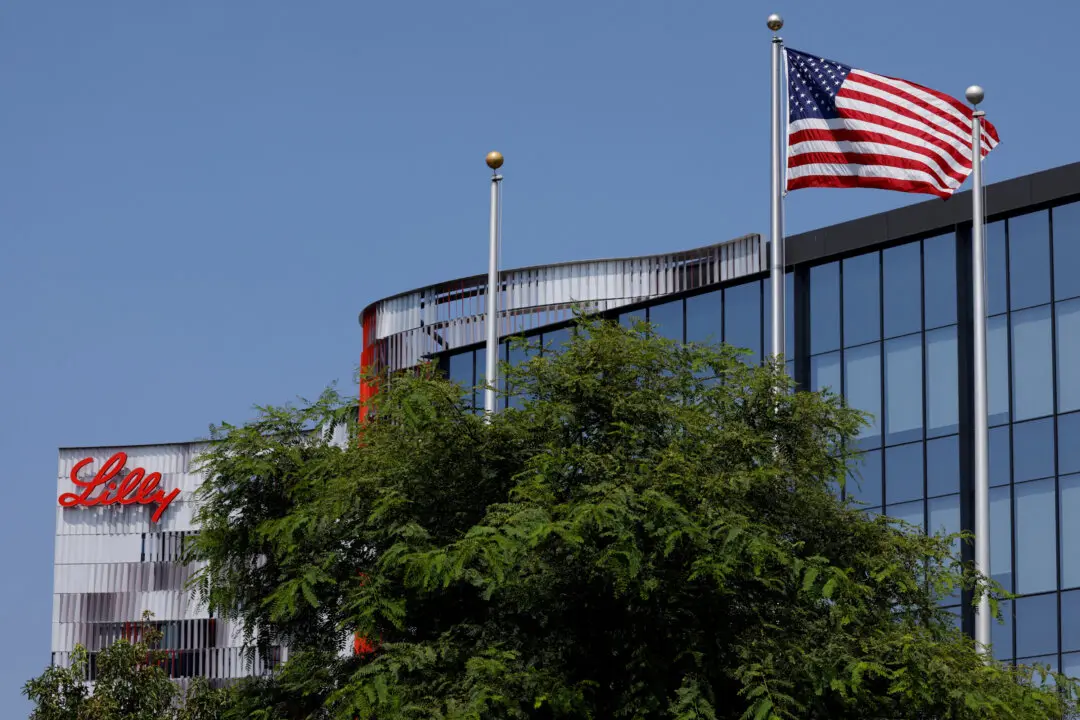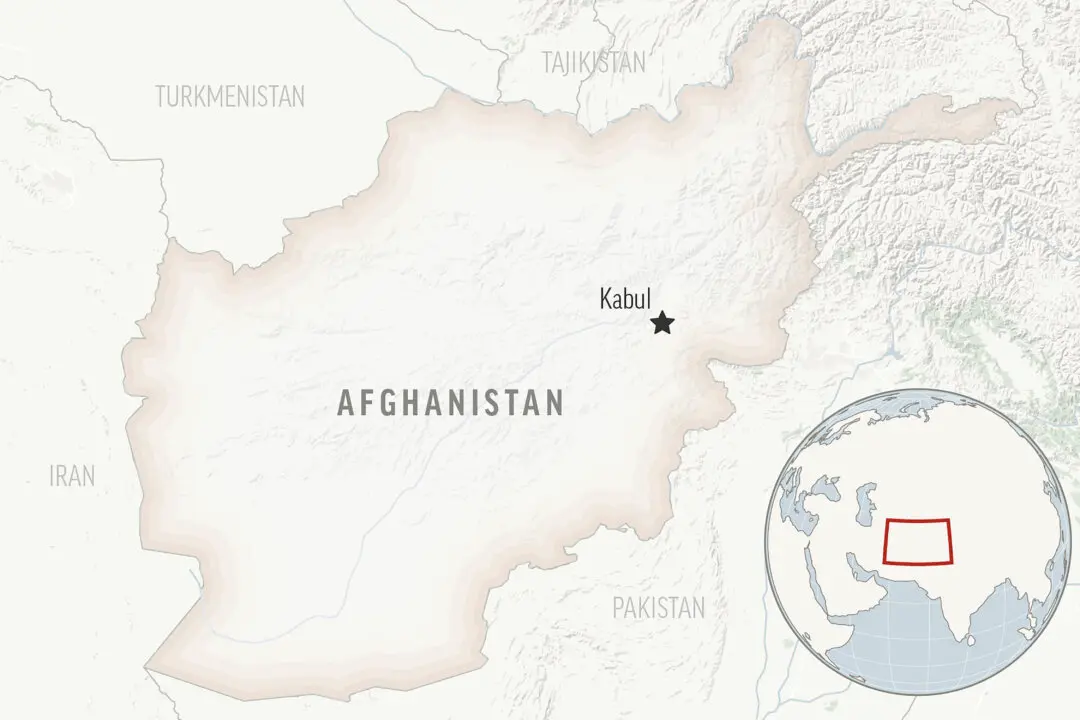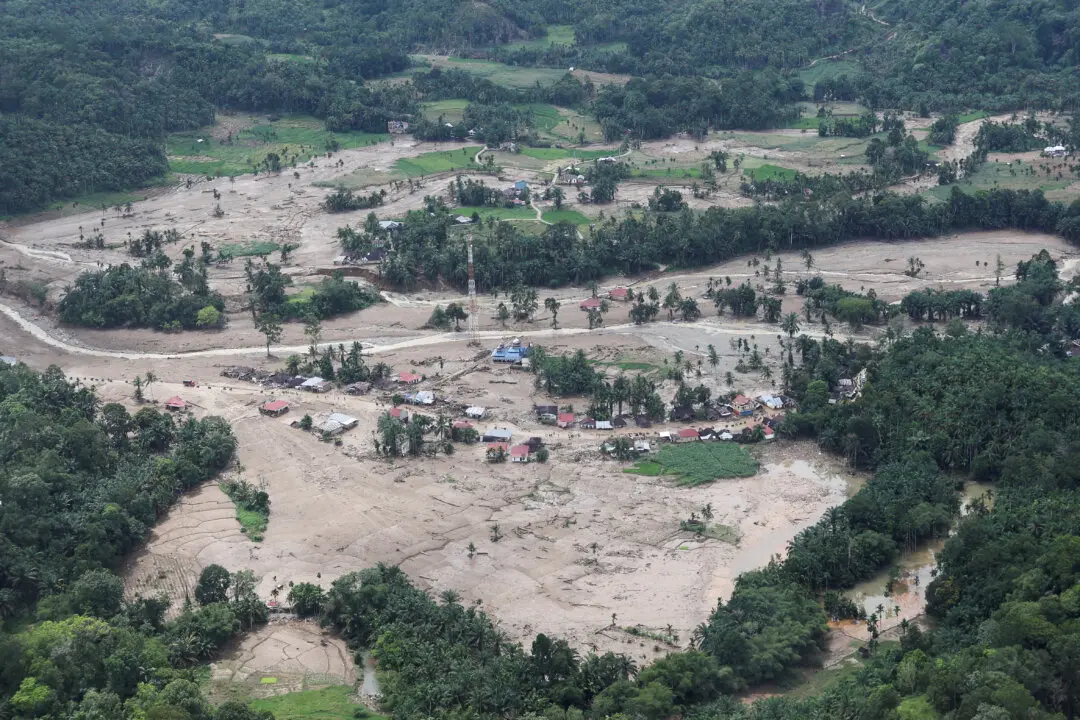MANILA–The Philippine environment minister said on Wednesday, Nov. 22, that a ban on new open pit mining in the country would remain in place, with President Rodrigo Duterte rejecting government panel recommendations to reverse it.
The ban, implemented by former environment minister Regina Lopez from April covers new projects including the $5.9-billion copper-gold Tampakan project in southern Mindanao island, the biggest stalled mining venture in the Southeast Asian nation.





